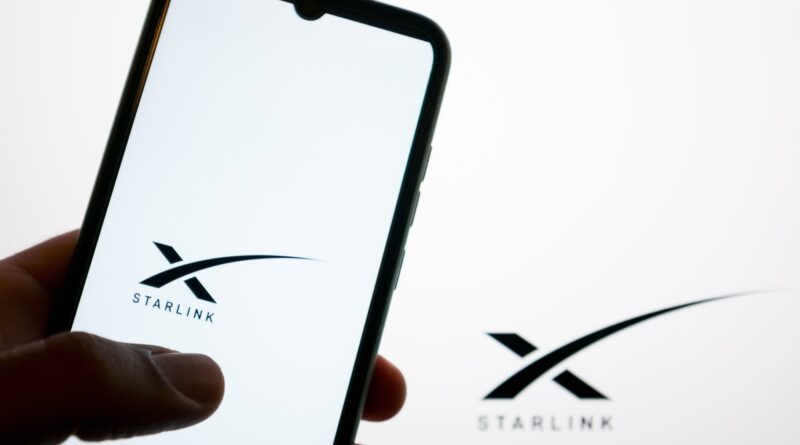Elon Musk Talks of Turning Starlink into a Mobile Carrier
Elon Musk, CEO of SpaceX, has suggested that Starlink, the company’s satellite network, could eventually transform into a mobile carrier service after finalizing a $17 billion deal to purchase radio-frequency spectrum from EchoStar, the parent company of BoostMobile. Musk’s revelation was made during his guesting on the All-in Podcast when the potential of Starlink providing worldwide satellite cell access, to compete with established carriers like AT&T, was raised. Musk did not dismiss the idea, reinforcing its plausibility.
This announcement is causing intrigue, considering that SpaceX is currently collaborating with T-Mobile to deliver cellular Starlink across the United States, a service users pay for additionally. Cellular Starlink leverages T-Mobile’s 1.91 to 1.995GHz radio frequencies to facilitate satellite-driven text messaging and, more recently, mobile apps data. SpaceX’s acquisition of EchoStar, however, will allow the company to own multiple 1.9GHz and 2GHz bands in the US, potentially unlocking new offerings for cellular Starlink.
Following the acquisition, SpaceX has the capacity to provide a user experience similar to existing terrestrial LTE services, a claim bolstered by the new spectrum. However, Musk infused some realism into the discussion, explaining that there were other possibilities to consider and that the established cellular network players would remain in the competition.
Musk also humorously entertained the possibility of acquiring Verizon, stating it wouldn’t be out of the realm of possibilities. However, he reaffirmed that the intention was not to push other carriers out of the market since they carry substantial spectrum ownership. He envisions the possibility of one Starlink account granting access to space-based cellular service and domestic Starlink broadband that requires a dish, a comprehensive bandwidth solution for both home and cell.
During the interview, Musk was asked about the concept of a Starlink phone but tactfully avoided the question. He reiterated that this was a long-term project that could enable SpaceX to deliver high-bandwidth connectivity straight from the satellites to phones. Furthermore, he pointed out that certain hardware modifications were necessary, including the adjustment of chipsets to include these new frequencies, a process he estimated would take two years.
Musk also noted that SpaceX would need to deploy a new generation of cellular Starlink satellites configured to take advantage of the newly acquired EchoStar spectrum. Alongside satellite development, the company is collaborating with mobile device manufacturers to incorporate the new frequencies into future handsets.
With these advancements, users could stream videos and maintain cellular access within their homes — except in cases where thick metal roofing interferes with the satellite signal. This revelation about SpaceX’s future plans arrived following commentary from AT&T CEO, John Stankey, on the significance of the SpaceX-EchoStar deal.
During the Goldman Sachs Communacopia + Technology Conference, Stankey questioned whether SpaceX’s 40MHz of spectrum would suffice as a robust terrestrial replacement. His immediate response was no, but he also conceded that changes could occur over time given the right commitment.
Stankey further underscored that establishing a wireless network entails more than setting up a considerable number of cell sites, implying that SpaceX might have a challenging path ahead. He speculated that Starlink’s ambition to provide cellular service could potentially be beneficial in rural and remote areas, possibly affecting a segment of AT&T’s market.
Regardless, Stankey doesn’t see SpaceX as a major threat to AT&T’s principal business of catering to consumer and commercial clients on its widely used cellular network and fiber installations. These systems can manage more spectrum and maintain low latency.
Ultimately, Stankey cast doubt on whether satellite technology could advance quickly and sustainably enough to keep pace with terrestrial networks over time. Despite the potential competition looming on the horizon from SpaceX, AT&T seems steadfast and ready for whatever the future holds.

